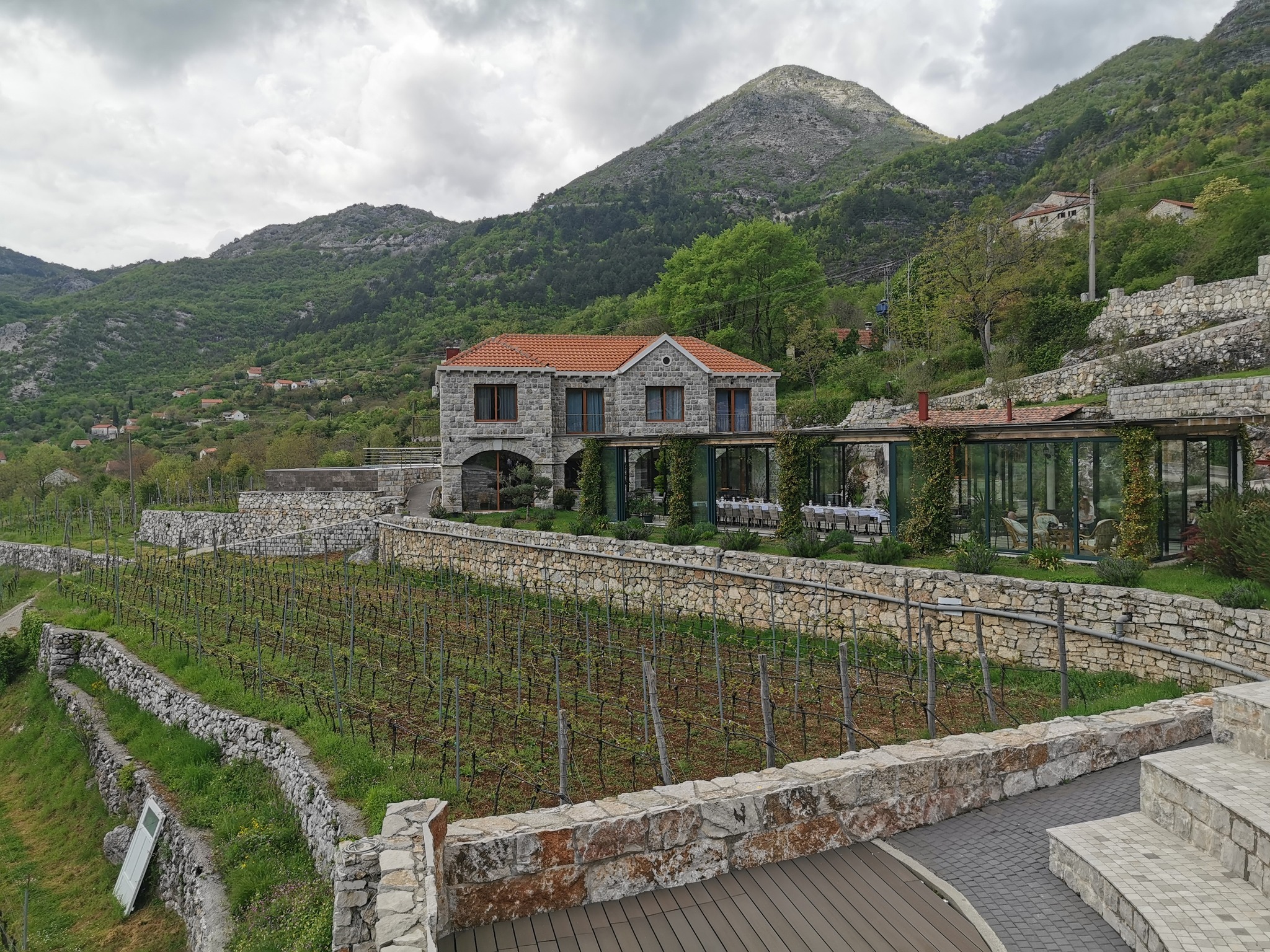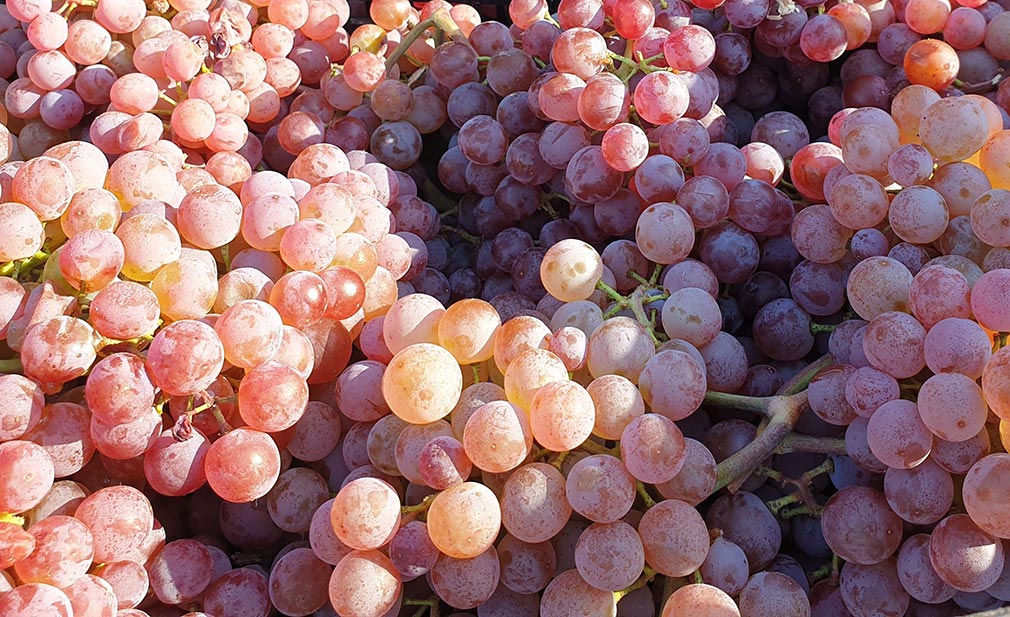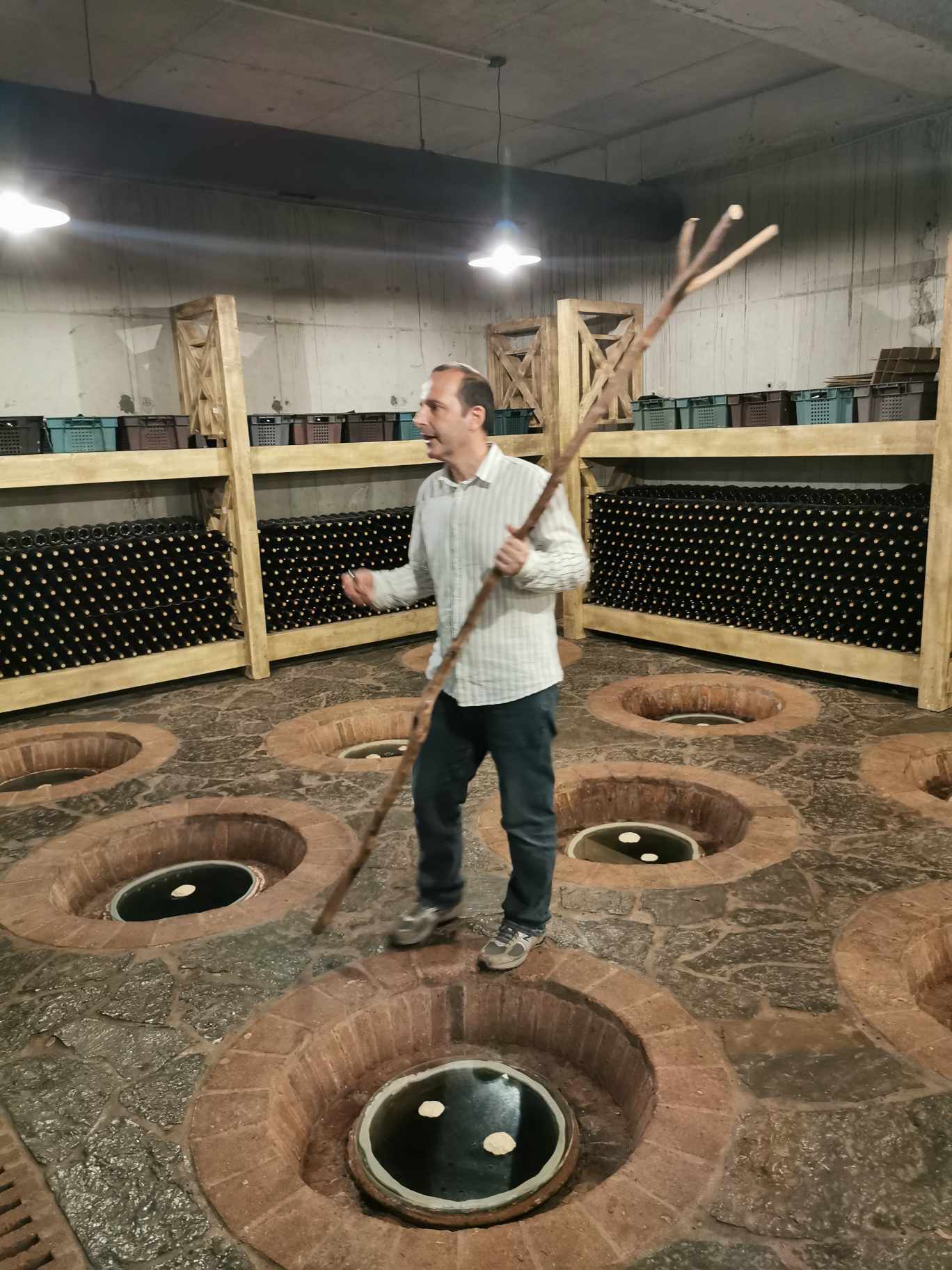News
News / 11/26/2017 / 2452
Long time ago, in rural parts of Montenegro, elderly women would typically start their everyday conversation with children with a sentence: "And who are your kin, little one?"... After hearing about the identity of child's parents, particularly about the father, we would witness endless prattling on child's features, moral grounds of the family, what the child's grandfather was like in his youth... Eh, if they had had benefits of modern science at disposal which allowed child's genome to be analyzed, then they would have collected enough details to reconstruct entire personal history...
In cooperation with Spanish colleagues, Montenegrin scientists decided to get more information about Montenegrin grapevine, so they carried out a project dealing with Genetic Diversity of Grapevine in Montenegro. The results of the research were announced at a conference in Podgorica (20th-22nd November 2017). This research provided valuable information about the history of wine production in Montenegro and across the Balkans.
The research resolved the issue of Montenegrin signature grape Vranac and its origin. It's interesting to know that 97% of local vinegrowers have Vranac in their vineyards. The research based on the latest genomic technology advances confirmed already known information that the father of Vranac grape is Kratošija (Zinfandel). However, the research also revealed the female parent of Vranac. It's Duljenga. Most probably, you have never heard of Duljenga before, but it doesn't come as a surprise since it's a very rare grape variety preserved today only in ampelographic collections and does not match any other grape variety from the international catalog of grape varieties Vitis.
Vranac (synonyms: Crmnički Vranac, Montenegrin Vranac) is an autochthonous Montenegrin grape variety belonging to the ecological and geographical group Proles pontica (convarietas pontica). Vranac is a vigorous variety with hermaphrodite flowers, medium-sized oblong berries, blue thin skin. A grape cluster is cylindrical, medium-sized, rarely curved. Grapes ripen in the 3rd epoch (late ripener). In order to obtain high-quality grapes, Vranac should be cultivated in sun-drenched positions and in warm, poor/pebbly soil, permeable, moderately fertile. Macedonian University Professor Nastev noted that Vranac was brought from Montenegro and introduced in Macedonia in 1950 (experimental field Butel) and then expanded across the territory of former Yugoslavia. Nowadays, the growing zone of Vranac includes not only Montenegro but also Macedonia, Serbia and Herzegovina.

Tomislav Ivanović
Awarded wine writer, wine critic and contributor to selected wine magazines. WSET3-certified author and editor-in-chief of www.vinopedia.rs. Member of Vojvodina Sommelier Association. Juror in national and international wine competitions. Lecturing about wines of Serbia and the Balkans. Local partner of Wine Mosaic organization. Co-founder of International Prokupac Day.

Pročitajte i druge članke iz ove rubrike:


BALKVIWINE 2025 BEOGRAD
PROČITAJ VIŠE


KRATOŠIJA PROBUDILA CRNOGORSKE VINARE
PROČITAJ VIŠE


VINOPEDIA TOP 10 2024
PROČITAJ VIŠE


GIUAANI - VINSKI TURIZAM NA GRUZIJSKI NAČIN
PROČITAJ VIŠE


SPASIMO STARE VINOGRADE SRBIJE
PROČITAJ VIŠE
Winner MILLESIMA BLOG AWARD 2016

Pobednik MILLESIMA BLOG AWARD 2016
VINO & FINO wine personality of the year 2016

VINO & FINO vinska ličnost godine 2016